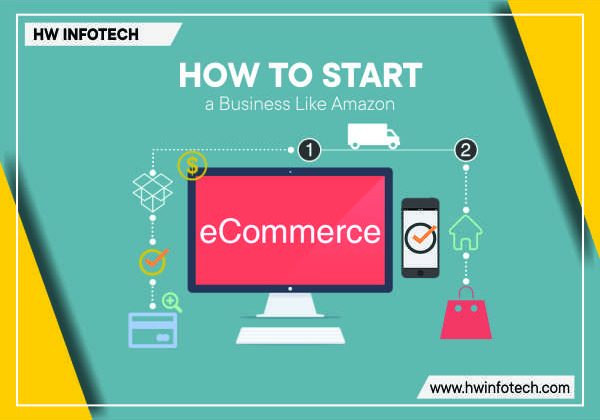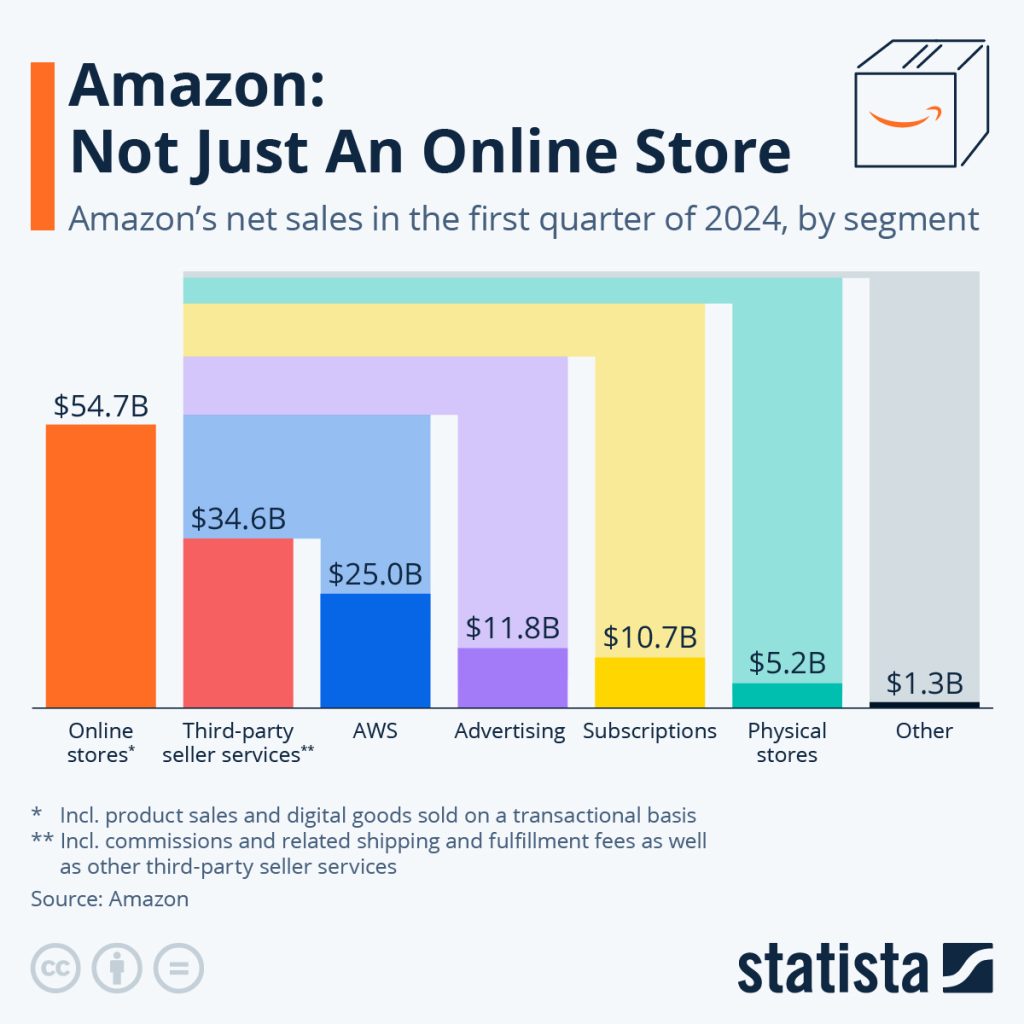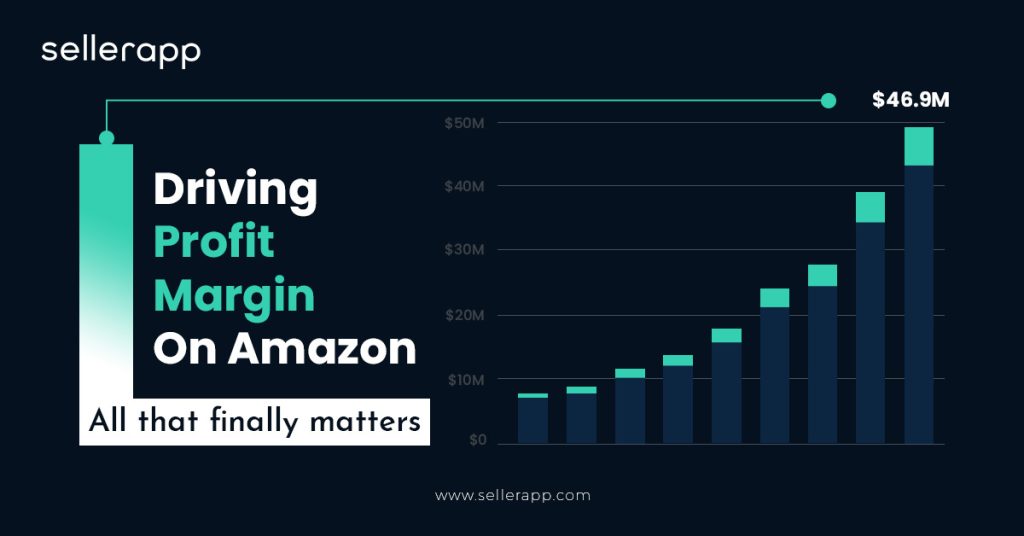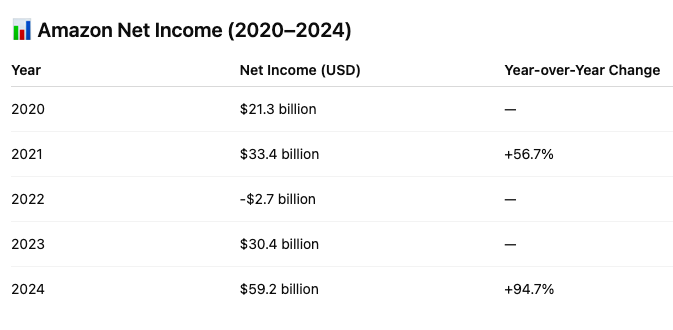
How to start an online business like Amazon
Amazon, started by Jeff Bezos in 1994 as an online bookstore, evolved into the world’s largest online retailer and a global tech giant. Building a company like Amazon requires more than just launching an online store — it demands vision, technology, logistics, customer obsession, and strategic scaling. If you’re looking to build an Amazon-like company, either from scratch or using tools like an Amazon website clone or script, here’s your roadmap.
1. Understand Amazon’s Business Model
Before you start, you must understand the core of Amazon’s business model, which is a blend of:
- eCommerce retailing
- Marketplace for third-party sellers
- Cloud computing (AWS)
- Subscription services (Prime)
- Logistics and delivery infrastructure
To replicate Amazon, you should aim to emulate the marketplace model first, then scale into logistics, cloud, and additional services.
2. Market Research and Niche Selection
Amazon sells everything—but you shouldn’t start that way.
Start with a Niche:
- Electronics
- Books
- Fashion
- Groceries
- Handmade crafts
Conduct market research:
- Identify target audiences
- Analyse competitors
- Estimate demand and margins
- Use tools like Google Trends, SEMrush, and Amazon itself
Validate your niche before building anything.
3. Create a Business Plan
A solid business plan outlines your strategy and helps attract investors. Key components include:
- Executive Summary
- Company Description
- Market Analysis
- Organisational Structure
- Product Line
- Marketing and Sales Strategy
- Technology Stack
- Funding Requirements
- Financial Projections
This will also help in guiding decisions around website/app development, operations, and scaling.
4. Choose the Right Business Model

You have several eCommerce models to choose from:
- Inventory-based – You stock and sell goods.
- Marketplace model – You let third-party vendors sell (like Amazon).
- Dropshipping – You pass orders to suppliers.
- Hybrid – Combination of the above.
Amazon uses a hybrid model, which you can also adopt as you grow.
5. Legal and Business Setup
Register Your Company:
- Choose a business structure (LLC, Pvt Ltd, etc.)
- Get tax IDS (GST, VAT, EIN, depending on your country)
- Trademark your brand
- Comply with eCommerce regulations
Consult with legal experts to cover privacy, return policies, and consumer rights.
6. Build Your eCommerce Platform
Option A: Custom Development (From Scratch)
You can hire developers or an agency to build your Amazon-style site.
Tech Stack Example:
- Frontend: React, Vue.js
- Backend: Node.js, Django, or Laravel
- Database: PostgreSQL, MongoDB
- Hosting: AWS, DigitalOcean
- Payment: Stripe, Razorpay, PayPal
- CMS: Headless CMS (Strapi, Sanity)
Option B: Amazon Clone Script
Use ready-made solutions to speed up launch.
Popular Amazon clone scripts or tools:
- HW INFOTECH Amazon Clone
- Magento, Shopify (customized)
- OpenCart, WooCommerce + Marketplace plugins
- MEAN/MERN Stack clones from CodeCanyon or GitHub
Features To Include:
- User panel, seller dashboard
- Product catalog, cart, wishlist
- Secure payment gateway
- Order tracking, shipping integration
- Review & rating system
- Mobile app (iOS & Android)
- Admin panel for managing everything
HW INFOTECH and similar companies offer full development and deployment services for Amazon-like apps and sites.
7. Build the Mobile App
Having a mobile app is crucial. You can either:
- Develop native apps (Swift for iOS, Kotlin for Android)
- Use hybrid frameworks like React Native or Flutter
- Use pre-built apps with your Amazon clone script
App features to include:
- Push notifications
- Barcode scanner
- Wishlist & cart sync
- Voice search
- Secure login (OTP, biometric)
8. Logistics and Supply Chain
If you want to fulfill orders (not just act as a marketplace), logistics is key.
Your options:
- Tie up with 3PL providers (DHL, FedEx, Shiprocket)
- Build your own delivery fleet over time
- Use dropshipping model initially to test waters
As you scale, invest in:
- Warehousing
- Last-mile delivery tech
- Fulfillment centers (like Amazon FBA)
9. Marketing and Customer Acquisition
Amazon invested heavily in branding, SEO, and customer loyalty. You should too.
Marketing Tactics:
- SEO & Content Marketing
- Google & Social Media Ads
- Influencer Marketing & Affiliate Program
- Email Marketing and Retargeting
- Referral Programs
Customer Retention:
- Launch a loyalty program like Amazon Prime
- Offer free shipping, returns, and COD
- Deliver a top-notch customer support experience
10. Monetization
Here’s how you can make money:
- Sales Commission from third-party sellers
- Product Listings & Ads (sponsored products)
- Subscription fees (Prime-like model)
- Delivery Charges
- Own private label brands
Reinvest early profits into infrastructure and marketing to stay competitive.
11. Analytics and Optimisation
Use analytics to track:
- User behavior
- Conversion rates
- Top-selling products
- Cart abandonment
- Customer lifetime value
Tools like Google Analytics, Mixpanel, and Hotjar can provide deep insights to improve UX and retention.
12. Scale and Expand
Once you’ve established your platform:
- Add more product categories
- Onboard more sellers
- Expand to other countries or regions
- Introduce new services (like cloud storage, entertainment, etc.)
Long-Term Scaling Ideas:
- Launch an affiliate program
- Integrate AI for personalized shopping
- Offer logistics services to third parties
- Explore B2B and wholesale segments
📊 Amazon Year-by-Year Profit Breakdown (2020–2024)
Amazon’s financial performance over the last five years showcases its resilience, innovation, and ability to adapt to global market changes. Here’s a detailed breakdown of Amazon’s profit history from 2020 to 2024:
🔹 2020: Pandemic-Fueled Growth
In 2020, Amazon’s net income soared to $21.3 billion, primarily driven by a massive surge in e-commerce and cloud computing demand due to the COVID-19 pandemic. The company invested heavily in logistics and fulfillment to meet consumer demand during Q4.
🔹 2021: Continued Expansion
Amazon maintained its upward trajectory in 2021, reporting a net income of $33.4 billion, a 56.7% increase over 2020. Growth in Amazon Prime memberships and increased AWS adoption supported this strong performance.
🔹 2022: A Challenging Year
In 2022, Amazon experienced a financial setback, reporting a net loss of $2.7 billion. This was largely due to a $12.7 billion pre-tax valuation loss related to its investment in Rivian Automotive. Broader economic challenges, including inflation and global supply chain disruptions, also played a role.
🔹 2023: Strong Profit Recovery
Amazon rebounded in 2023 with a net income of $30.4 billion, marking a significant comeback after the previous year’s losses. Cost optimizations and growth in AWS and advertising revenue helped fuel the recovery.
🔹 2024: Record-Breaking Profit
Amazon achieved an all-time high net income of $59.2 billion in 2024. The growth was driven by robust performance in all business segments, including North America, International markets, and Amazon Web Services (AWS).
🔍 Key Drivers Behind Amazon’s Profitability (2020–2024)
✅ Amazon Web Services (AWS)
AWS has consistently been a major profit engine for Amazon. In 2024, AWS operating income jumped from $24.6 billion in 2023 to $39.8 billion, underscoring its critical role in Amazon’s success.
✅ North America Retail Segment
The North America division showed impressive performance, with operating income increasing from $14.9 billion in 2023 to $25.0 billion in 2024, driven by higher consumer spending and improved logistics efficiency.
✅ International Segment Turnaround
Amazon’s International segment turned profitable in 2024, generating $3.8 billion in operating income compared to a $2.7 billion loss the previous year. Strategic expansion and operational improvements contributed to this positive shift.
🧾 Conclusion: Amazon’s Financial Evolution
From pandemic highs to market corrections and record-breaking profits, Amazon’s five-year financial history (2020–2024) highlights its ability to overcome challenges and scale operations effectively. With strong growth in AWS, international markets, and core retail segments, Amazon continues to dominate as a global tech and e-commerce leader.
Final Thoughts
Creating a business like Amazon is ambitious but achievable with the right blend of technology, strategy, operations, and customer focus. If you’re just starting, leveraging Amazon clone scripts or platforms like HW INFOTECH can fast-track your journey. Remember, Amazon wasn’t built overnight—start small, scale strategically, and stay relentlessly focused on customer experience.


